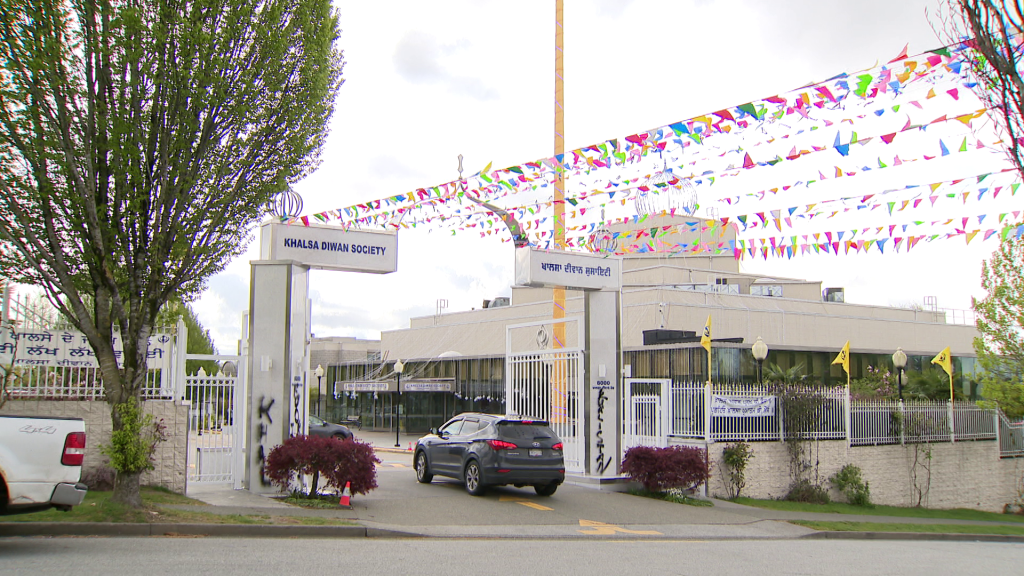Air Canada looks to avoid summer mistakes in upcoming travel season

Posted October 28, 2022 5:23 am.
Last Updated October 28, 2022 2:32 pm.
Air Canada is looking to avoid a repeat of this past summer’s widespread disruptions as it heads into the busy holiday travel season.
The company learned valuable lessons during the “operationally challenging” summer months that it is applying to current operations as travel demand continues to bounce back, said chief executive Michael Rousseau on Friday.
After operational improvements in late summer, the airline is now performing at pre-pandemic levels as it continues to increase staffing numbers, he said in a news release.
“We sincerely regret any inconveniences that have occurred,” said Rousseau.
With the cancelled flights and airport gridlock of the summer still fresh in the minds of many travellers, he looked to reassure passengers about the lessons the airline has learned.
“With customers booking their winter and holiday getaway travel, they can have full confidence in our ability to carry them safely and conveniently.”
While travel disruptions continued throughout July, there were improvements in August and September that helped see Air Canada transport around 11.5 million passengers in the third quarter and reach its first positive operating income since the pandemic began.
High ticket prices offset fuel costs
The positive results drove the airline’s shares up 3.7 per cent to above $20 Friday morning, the highest the stock has been since June when operational disruptions began.
The airline said it had $644 million in operating income for the quarter, compared with an operating loss of $364 million in the third quarter of 2021.
In addition to high demand, this quarter also saw high ticket prices that helped offset fuel costs, said Walter Spracklin, an analyst for RBC Dominion Securities.
An unfavourable foreign exchange rate added to the high price of aircraft fuel, which increased more than 80 per cent from the third quarter of 2021, said Amos Kazzaz, chief financial officer for Air Canada.
An improved passenger load of 86 per cent, up from 71 per cent in 2021, also helped to mitigate these costs, as fuller planes also led to better than expected cost per seat reductions, said Spracklin.
Air Canada reported its capacity, measured as available seat miles, for the quarter was up 130 per cent compared with a year ago, while its traffic measured in revenue passenger miles was up 179.5 per cent compared with the third quarter of 2021.
No return to 2019 capacity levels before 2024
Overall, Air Canada reported a net loss of $508 million in its third quarter compared with a loss of $640 million in the same quarter last year as it ramped up operations and more than doubled its revenue.
While the airline does not expect to return to 2019 capacity levels before 2024, Rousseau said that he likes where the airline is at right now from “a demand perspective, a yield perspective and from a capacity perspective.”
The airline says the loss amounted to $1.42 per diluted share for the quarter ended Sept. 30 compared with a loss of $1.79 per diluted share a year earlier.
Revenue for the quarter totalled $5.32 billion, up from $2.10 billion in the third quarter of 2021.








